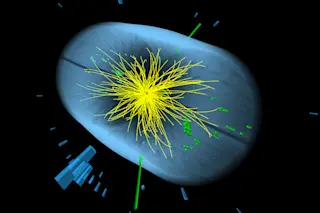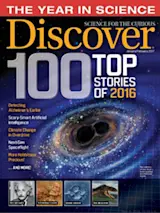Scientists using the Large Hadron Collider saw signs of a massive new particle, but the signal was just noise. | Christoph Balle/CERN
The hype started in December 2015 when two experiments at the Large Hadron Collider in Switzerland showed puzzling hints of a massive new particle. Scientists wrote hundreds of papers about how this potential particle might solve mysteries about anything from dark matter to quantum gravity.
But further tests showed that the much-discussed “bump” in their data was nothing more than a statistical ghost. The signal was just noise.
Discovering a new particle could have revolutionized the Standard Model, a decades-old framework encompassing three of the universe’s four fundamental forces and all known subatomic particles. So far, the model has resisted all attempts at refutation. The LHC’s 2012 discovery of the Higgs boson — the particle whose field gives matter its mass — was a triumph that added the ...















